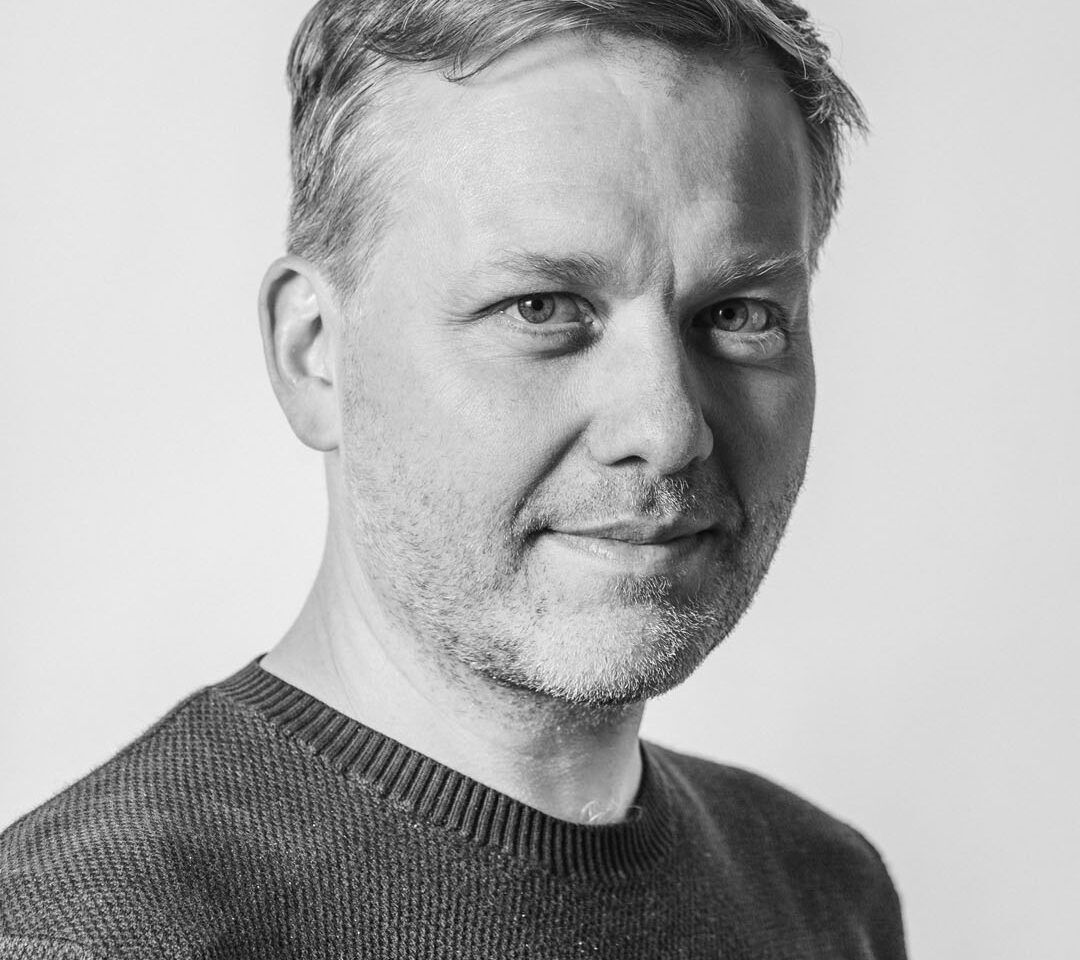The Conference on the Future of Europe (CoFoE) is a new deliberation process recently launched by the European Commission with the use of a dedicated online platform. The goal is to spark EU-wide debates on the future of Europe, ultimately initiating a review process of the current policy priorities and addressing topics related to democratic processes and institutional matters.
This represents an unprecedented democratic exercise that brings to life what Olivier Schulbaum from Platoniq calls “crowdvocacy”, namely mass citizen participation through digital platforms. Until now, only a few such initiatives have taken place, such as Iceland’s Constitutional Reform or policies created in Taiwan with the use of the Pol.is system. The Open Movement and other activist organizations should use this opportunity to shape future EU policies.
The Structure of the Conference
The Conference is a supranational exercise of deliberative democracy that has unprecedented scope, both in its premises and internal design. Built on the assumption that European citizens – especially younger generations – want involvement beyond voting in elections every 5 years. And that there are today digital tools that allow us to do this in a meaningful and effective way.
CoFoE strongly differs from previous initiatives organized by the EU in this field, such as the 2003 Convention on the Future of Europe – a conventional process that aimed to create a constitution for the European Union. First, CoFoE is not meant to directly trigger Treaty changes within the meaning of art. 48 TEU. Instead, it aims to work as a preparatory process for the European Council. Second, the Conference is unique in its architectural design and nature. This is because it is organized by the three European institutions, namely the European Commission, the Council, and the European Parliament.
The first level of the Conference is an interactive multilingual digital platform. This hub allows citizens to submit and support policy ideas, but also to organize policy debates. The system has built-in machine translation, enabling exchanges of ideas between European languages. The platform runs on the open source Decidim tool (we hope the platform will share its code as well).
So far, more than 13,000 participants have joined the platform, in which more than 3,000 ideas have been submitted.
The second level will consist of National and European Citizen Panels. The EU has a strong track record of using such participatory methodologies, with almost 2000 such panels organized in recent years, including a European citizens’ panel on the Future of Europe in 2018. Such panels are based on sortition – an increasingly popular idea that representatives can be elected in a random way. At this stage, an algorithm will be employed to select topics for deliberation by the panels, from among the myriad proposals made on the platform
Conclusions from Citizen Panels will be sent to the third level: the Conference Plenary, which will be responsible for drafting the final recommendations. It will consist of 433 members, including EU and nationally elected representatives, citizens from the second level, members of social organizations and representatives of the three institutions. The plenary will de facto act as a constituent body, thus determining the outcome of the Conference.
Challenges and Opportunities
The Conference has clear value as an experiment in novel, more participatory forms of participation in the EU legislative process. It aims to bridge an often perceived chasm between citizens’ lives and the bureaucratic process happening in Brussels. Yet, the project already shows some challenges and grey areas.
First, there is the “AI moderator” – an algorithm that will filter and select issues submitted on the platform. How will it function, and who will design it? There is currently little clarity on this technical aspect. This creates an opportunity for conducting a state-of-the-art, transparent implementation of an automated decision-making system, based on algorithmic impact analysis. But it also creates a risk of bias.
Second, the setup of the Conference seems to include only those citizens that have the capacity to attend the selected panels and discussion. This suggests that anti-mainstream voices, which are conventionally located on the fringes of the electoral spectrum, are likely to be left aside. However, if the future of Europe is to be debated, they need to be taken into consideration as they are oftentimes associated with Eurosceptic stances.
Finally, one crucial point concerns online democratic methods of citizens’ participation in the EU policy process. Previously, these were mainly taking place via European citizens’ initiatives, where 1 million citizens from at least seven Member States could ask the European Commission to propose legislation in areas that fall within its competencies. In this light, it thus seems that CoFoE makes a step further by introducing the online sphere – and an online platform – as a means to get EU citizens closer to its Institutions. Francesca Bria describes this as an important shift from Big Tech to Big Democracy, with online engagement shifting from the private to the public sphere.
EU politicians leading this process speak of a New Push for European Democracy, where citizens can greatly engage in policy shaping beyond voting in elections every 5 years. Whether this push happens will ultimately depend on the scale of engagement. Currently, 13000 citizens have submitted 3000 ideas. It is a good start, but a far cry from mass, EU-level participation. Success will also depend on how seriously EU policymakers will consider these crowdadvocated policy proposals.
Finally, a note should be made on the choice of tools for the platform. EU policymakers themselves underline the fact that the Conference runs on a European, open source solution. It is an important signal that an open and sovereign platform can be built. But the source code is not yet available, and not all components – such as the machine translation system – meet this standard. Most importantly, we hope that the “AI moderator” will be designed and built in accordance with these principles.
The Platform and Us
Ultimately, the project will only be successful if it engages European citizens. The official Communication describes success as dependent on effective communication of the process by EU institutions, to Europeans. But in reality, success depends on us – the citizens. Are we ready to join a deliberation platform the way we join other social media, and post about political ideas?
European non-profits, advocacy groups and grassroots initiatives have an important role to play – they are the key component of the system that cannot be provided by EU policymakers. Engagement of these organizations is necessary to bring to life the potential offered by participatory tools. We encourage in particular the Open Movement and other digital advocacy organizations to participate in the Conference process.






